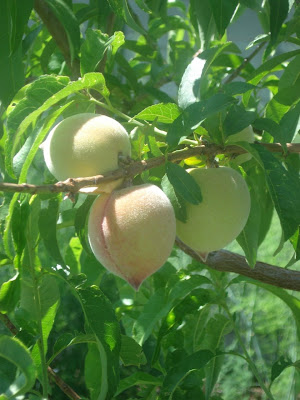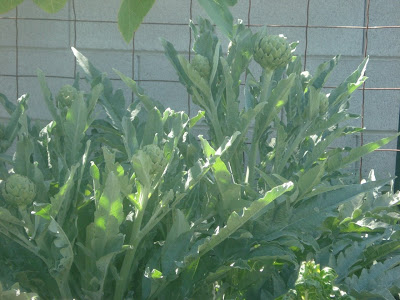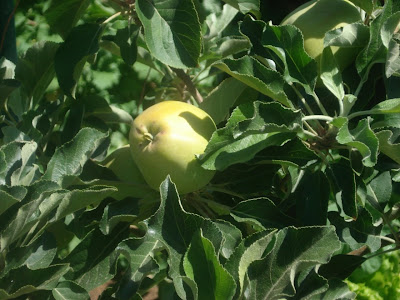 Why Sprouting?
Why Sprouting?
Nutritious - seeds are packed with nutrients, sprouted seeds are even better. As each grows, proteins, enzymes, vitamins and other nutrients increase whilst becoming more bioavailable. At the same time toxins and enzyme inhibitors are reduced, increasing digestibility.
Fresh - sprouts grown at home and harvested at the dinner table are the freshest food you’ll ever eat. They won’t have lost vitamins like shop bought vegetables or have travelled round the world. They will be organically grown, full of life and energy.
Cheap - sprouting is ridiculously cheap! You can get pounds of greens for pennies.
Easy - it all boils down to "just add water." With few resources and very little time or effort, you can supply yourself an abundance of live food, in your home, all year round. If you travel, they can too.
Varied -you can grow many more young plants than you would find in a shop, your salads and recipes will always have something new, diversity is the spice of life!
How to SproutAir - as any small plant, sprouts need air to breathe, without it they will succumb to mould and rot more easily. Don’t put them in sealed containers and make sure that they get enough.
Water - after a good soaking, sprouts need water every 12 hours at least and more if its hot. Regularity is key, if they are even slightly deprived in their first few days of life they will be permanently setback. In your efforts to keep them watered don’t drown them, they must be allowed to freely drain, else they will soon rot. If you let them dry they’ll die. If you let them soak they’ll choke.
Warmth - sprouts need to be kept warm to germinate and grow. Optimum temperatures vary but 70 to 75 f is a good start. Don’t let them get too hot or they’ll wilt, lose vitality and die. Colder temperatures will slow growth and are good for storage, but don’t freeze them.
Space - for best results, give your sprouts some room. Some sprouts can increase up to 30 times their size. Cramming them in a jar or overfilling a tray or bag will force them to compete for light and air, with inevitable casualties. Spread only a thin layer of seeds in trays, keep them mobile in bags and jars and remember they get bigger!
Light - most sprouts can’t use light in the first few days of growth, and many never need it. However, any that produce leaves will eventually need light to ‘green up’. Direct sunlight should be avoided unless it’s cold, as it can overheat your crop. Most sprouts will be fine if they get indirect natural light, there is no need to keep them dark.
Nutrients - adding liquid plant nutrients to the soak water will give the sprouts an extra boost that you will later enjoy. It is not necessary, but will increase their health, longevity and nutritional value. You can also mist the sprouts with a dilute solution after rinsing. Use a few drops of liquid kelp in water, or another organic plant feed.
You can grow sprouts in Jars, Trays, breathable bags (allow water & air out but not sprouts)
Sprouting Mix
Green peas
Lentils
Garbanzo Beans
Black eyed Peas
Pumpkin
Soybeans
Almonds
Raw Spanish Peanuts
Wheat
1/2 cup mix, handful of almonds & peanuts, 2-3 Tb of Wheat. Mix is equal parts of above list (except wheat, almonds & peanuts) as you try it out you can add or subtract what you like and don’t like.
Fill jar with water and put it in the fridge for 24 hours. Thane put it in a sprouted & rinse well (this can also be done in a glass jar.. Remember to rinse well) Put them back in fridge & sprout for 48 hours. Rinse them a couple of times a day after this they are ready to eat. Rinse and enjoy




 Desert Gold Peaches
Desert Gold Peaches 







